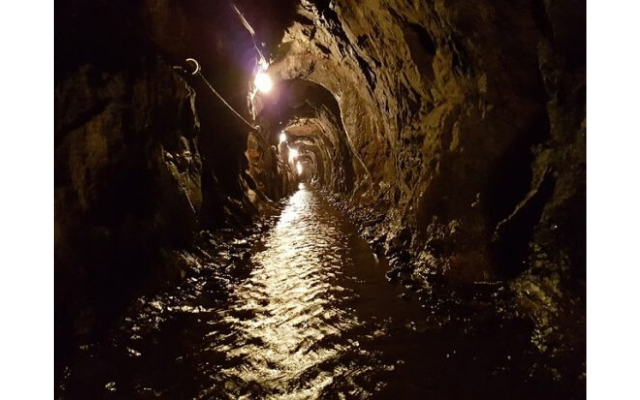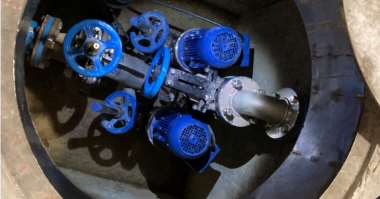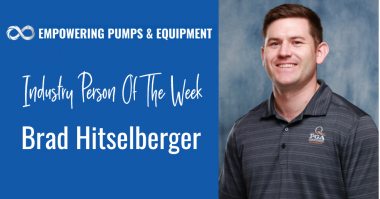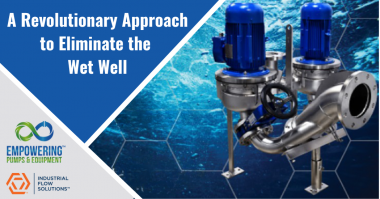If you’re in the tunnel boring business, is there any worse feeling than hitting an unexpected underground water pocket? You don’t know how big of a pocket it is or what the inflow of water may be. Luckily, with today’s technology you’re able to analyze and probe into the area you’ll be drilling. You usually have a pretty good idea of what you’re going to run into. You’re able to plan in advance. That means you’re better prepared to select the right submersible pump you’ll need for the tunnel boring dewatering job. This post will help you understand what you need to consider to ensure you’ve got the pump to keep your project running even.
Types of Tunneling
There are several types of tunneling, and each may require a different type of pump. It might be a portal style tunnel. You may need to drive a shaft down by using a tunnel boring machine. You may be opening a trench in the ground to cover back over with dirt. In almost all cases, there is a concern of water. The contents of the water are what determines the type of submersible pump you need.
One of the bigger differences in tunnel is hard rock drilling and soft rock drilling. Hard rock drilling is literally using a tunnel boring machine to cut away rock with big cutter wheels and a drill. The drill acts as a probe in case you hit a water pocket. If you hit water, you stop drilling to analyze the size of the pocket and inflow of water. At that point, you’d have the pumps on standby to start dewatering before water can damage the equipment.
Soft rock is a layer (could be hundreds of feet deep) of dirt, clay, talc, shale, gypsum, calcite or limestone above hard rock. With soft rock, you need to support the roof and the sides. There is a lot more opportunity for water infiltration.
Some projects require re-opening a tunnel that was shut down from a past product. This can also happen when they want to take the original tunnel and re-utilize it for another purpose. To dewater these tunnels, you’ll need bigger pumps that you work down further into the tunnel as you go. In some cases, the water could be acidic (called acid mine water) and/or have a thicker slurry consistency. This would require a stainless steel pump slurry pump that can withstand the corrosive liquid and pass the muck through the pump.
Safety and Damage Considerations
Submersible pumps prevent a number of safety and damage risks of tunnel boring. If a tunnel starts to flood, you can’t see where you’re walking. The pitch on most tunnels is very slight. If water comes up six inches, it could be several hundred feet of flooding. Besides worker safety, the equipment is also at risk of being damaged is submerged in water. Along with the tunnel boring machines, ancillary equipment is also susceptible to damage. If conveyers are under water, bearings and rollers can be damaged. Electrical components pose a big risk. The damage can also extend to the pump. Workers walking through the water and moving equipment creates more of a slurry which is more abrasive as it goes through the pump.
High Volume vs. High Head
Many tunnel boring dewatering pumps need to move liquid far distances. Moving water long horizontal distances may have different pump requirements than moving it vertically. There may not be elevation issues to overcome, but rather friction in the pipe. High head pumps have the capabilities to both move water up high elevations, as well as long horizontal runs with pipe friction. If there is no pipe friction in the horizontal run, high volume pumps have a larger discharge that push higher gallons-per-minute (GPM) to accomplish that.
Some pumps are able to convert from high head to high volume. Horsepower is important, but it can be applied to higher volume at lower head, or less volume at higher head. Whether you need high volume or high head depends on your gallons per minute and total dynamic head needs. For example, a 30 horsepower high head pump may have a maximum of 400 GPM horizontally. If you need to elevate the liquid 350 feet, it will give a progressively less amount as the head climbs. If you converted the same pump to high volume with a 4-inch discharge and change the hydraulics, you can get a maximum of 1500 GPM horizontally (to a maximum of 140 feet in elevation). It’s using the same horsepower, but applying it to either volume or head.
Finding the Right Pump Partner
When it comes to ensuring you purchase the right pump for your project, the key is to get the pump distributor or manufacturer involved early in the initial discussions. In addition to being experienced, you need a partner that is available and accessible when you need them. Your project is a 24/7 operation, so you need a trusted partner you can rely on.
Industrial Flow Solutions has the expertise and commitment with more than 35 years’ experience. Whether you’re in large diameter or micro tunneling, soft ground or hard ground, high head or high volume conditions; our BJM and Stancor submersible pumps are constructed to handle the harsh tunnel boring dewatering applications. Contact us to learn more about the solutions that have made our engineers sought after for projects just like yours.





Comments